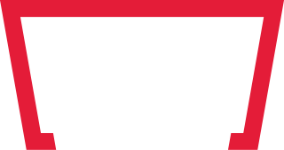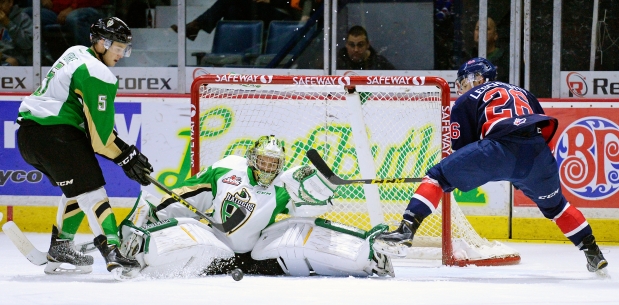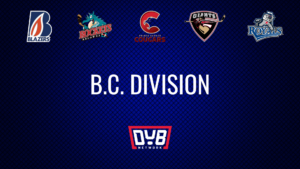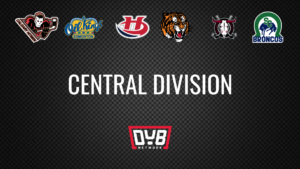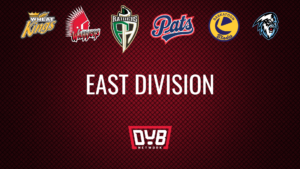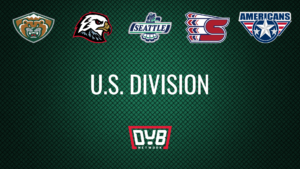*Editors note* Since this article was written, Josh Brook (MJ) has been added to the roster as an injury replacement. Our apologies for not relaying this information sooner.
The 2016 Hockey Canada U17 and U18 camps have come to a close, which means we’re about a week away from Ivan Hlinka action. Of the 12 players who attended the camp over the long weekend, only five will be making their way over to Europe for the annual showcase: Ian Scott (PA), Jordy Bellerive (LET), Stelio Mattheos (BDN), Michael Rasmussen (TC) and Jonathan Smart (KEL).
Edmonton’s Brayden Gorda was left off the roster after suffering a broken finger during the second game, after an impressive showing through four periods. Also left off the roster was highly touted Spokane forward Jaret Anderson-Dolan, who was unable generate much offensively through three performances. He did manage to impress in the third and final game, playing a fast-paced, high-energy style, though it was too little, too late. Of the five WHL players to crack a roster spot, no one stood out more than Americans center Rasmussen, who next to Joseph Veleno (QMJHL Saint John) provided an offensive punch for Team Red.
Observations
Michael Rasmussen, C, Tri-City – Rasmussen managed to use his body much more effectively than when I saw him last. He’s a big-bodied center who battles hard for position and takes every inch he can get. Though I wouldn’t label him a “power forward,” he does play a powerful, authoritative style, cutting hard to the net and jumping on loose rebounds. His puck control down low in the offensive zone was solid as he used his body well to shield the puck; through this he became an offensive catalyst, feeding both Joseph Veleno and Ryan McLeod. Defensively he was strong, getting his stick in passing lanes through the neutral zone and stepping up to take the body. Away from the puck he’s a hunter, constantly looking for opportunities to step up and make a meaningful check. Rasmussen’s skating was well above average, though I’m not sure he has the separation speed that could make him a dominant player. Overall he’s a smart player who is a constant threat in the offensive end.
Stelio Mattheos, C, Brandon – From start to finish, Mattheos had an excellent camp. He’s one of those guys who fights for every inch of ice and truly excels in the dirty areas. He was a key piece in the offensive zone — specifically below the goal line — showcasing his excellent vision as he fed teammates streaking to the net after battling for the puck in the corner. He’s a highly intelligent forward who executes zone entries very well, filling lanes to the net and creating space for himself. He plays a high-energy style and is a fierce net-front presence, constantly jostling for position and adjusting his angle to the puck carrier. He’s a strong skating, two-way force who, along with the right linemates, will be able to contribute offensively.
Jordy Bellerive, C, Lethbridge – Bellerive didn’t blow me away from the start. In fact, I was somewhat surprised by the level he was playing at during the first game compared to how well he performed for the ‘Canes last season. He seemed to get more comfortable later on in camp, though, becoming an offensive threat every time he hit the offensive zone. He doesn’t play an overly physical game, but he isn’t afraid to fight for pucks and step up on guys when necessary. The most intriguing part of Bellerive’s game is the way he adjusts his angles to the net when he steps over the blue line. That was best demonstrated during the third game, when he entered the zone on a two-on-one, noticed the defenceman had committed to the pass, cut hard to the center of the ice and took a shot that beat the Red netminder. Bellerive’s shot is one of the best aspects of his game, as both velocity and selection are well above average. He has the ability to beat goalies from a distance, but he tends to hang on to the puck a bit longer than he should. He plays a fast-paced game and will be able to provide offence for the Canadian roster.
Jonathan Smart, LHD, Kelowna – I wasn’t bowled over by Smart throughout the tournament, but that’s sort of his style. He plays a two-way game, rarely gets caught out of position and defends well — with not a lot of flare. He’s a good net-front defender, rarely allowing opponents to gain position. He moved the puck out of his own zone well and rarely got caught by attacking forwards, but when he did he was able to evade and create space and time for himself. He’s not the most agile or fluid skater, which is something he should work on moving forward. He’s effective, plain and simple. I’d just like to see him take more chances with the puck, whether that’s rushing it or looking for a stretch pass.
Ian Scott, G, Prince Albert – Scouting goalies is an impossible task for just about anyone, so here’s my two cents. He battled extremely hard in the crease and had great rebound control, rarely allowing any secondary chances. He moved well laterally, taking up a lot of net with his 6-3 frame. He was extremely vocal on the ice, which allowed his defenders to be more effective.
Of the seven WHL skaters who failed to crack a spot, Moose Jaw’s Josh Brook was likely one of the tougher decisions as he played a very reliable defensive game, but failed to do anything to stand out over the seven blueliners on the roster. Cody Glass (Portland) had a few good stretches, but he failed to do much in the offensive zone — something that was expected of him given his tool set. Regina’s Jake Leschyshyn provided very little on both ends of the ice.
The WHL will be well represented at next year’s NHL entry draft, and this tournament marks the beginning for many players looking to raise their stock. Only time will tell, but this tournament is sure to do just that for the five players heading overseas in hopes of winning a gold medal.
